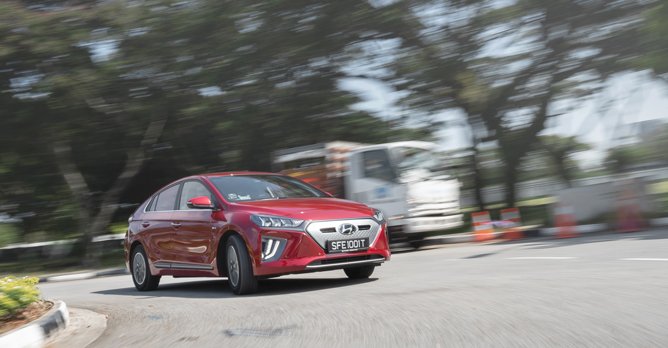Want to level up your driving skills? Here are five exercises that will make you a better driver!
02 Dec 2022|21,344 views
There are no secrets when it comes to becoming a better driver - you need practice and experience, and the more you can get, the better you can become.
But spending a lot of time behind the wheel, though very useful, isn't always enough. What would be even better is knowing what you can do, and then constantly practicing it. Here are five things you can start doing today.
1. Focus far ahead
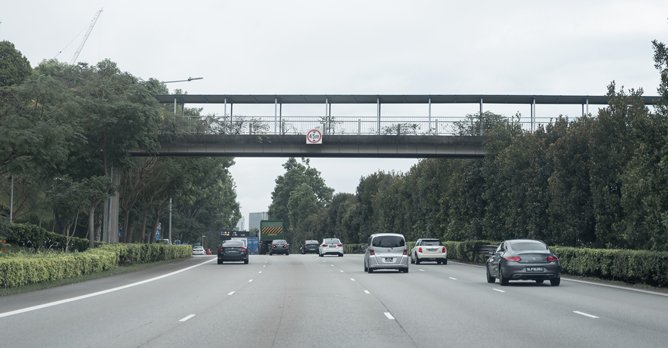
Perhaps not every driver missed the warning signs, but it's likely that at least half of them did because they weren't looking far enough ahead. Had they done so, they would have switched lanes earlier to avoid inconveniencing themselves and other road users.
So, be mindful about scanning the horizon. You won't see everything, but you'll be able to spot and avoid problems earlier than other road users.
2. Beyond blind spots
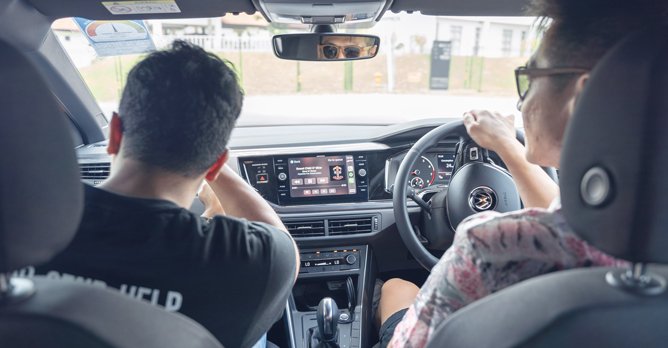
By attempting to check beyond your blind spot, you'll reduce the risk of getting into an accident or even near-miss. Yes, it's maddening to think that the other motorist didn't check, but defensive driving means you can't expect or assume them to.
3. Observing 'car language'
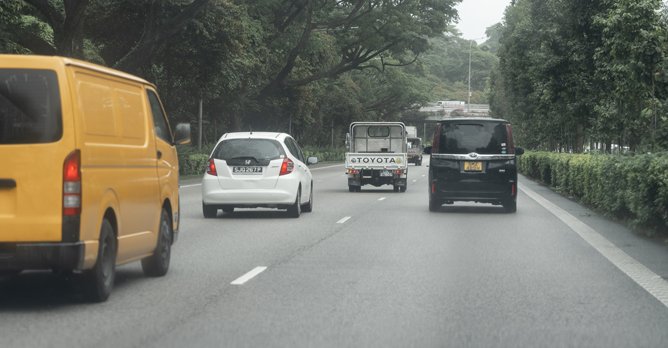
Observe how the cars in the neighbouring lanes are being driven. Are they positioned close to either the left or right lane marking? If the movement is gradual, then the driver may be preparing to filter into the next lane without signalling.
If it's not, you might notice the car's position being corrected several times. The driver could either be distracted or falling asleep. Either way, it's a signal that you should give him a wide berth.
4. Take pre-emptive action
If you've been observing and correctly predicting other drivers' car language, the next step is to develop the habit of taking pre-emptive action to avoid potential accidents.
For instance, if you notice workers placing cones to divert traffic away from their work site, you should immediately start moving to another lane so as to avoid the inevitable bottleneck.
Being situationally aware is one thing, but you need to have your wits about you so that you can quickly react to keep yourself and your passengers safe.
5. Be smooth and relaxed
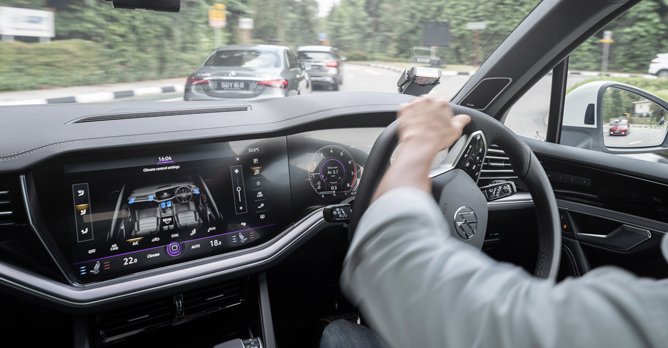
To master this, always be mindful of your actions behind the wheel. Be purposeful and graceful, not tentative and abrupt.
By being observant and remaining ready to take pre-emptive action, you'll be more situationally aware than other road users. With this 'buffer', you'll be more relaxed, and it will show in your driving.
Seeking more driving tips? These stories may interest you
How to drive a manual car like a pro
Six car features you (probably) didn't learn about in driving school
Even the best safety systems won't save you from these bad driving habits
Newbie drivers take note - here are key road rules to remember
Helpful hints for newbie drivers
There are no secrets when it comes to becoming a better driver - you need practice and experience, and the more you can get, the better you can become.
But spending a lot of time behind the wheel, though very useful, isn't always enough. What would be even better is knowing what you can do, and then constantly practicing it. Here are five things you can start doing today.
1. Focus far ahead

Perhaps not every driver missed the warning signs, but it's likely that at least half of them did because they weren't looking far enough ahead. Had they done so, they would have switched lanes earlier to avoid inconveniencing themselves and other road users.
So, be mindful about scanning the horizon. You won't see everything, but you'll be able to spot and avoid problems earlier than other road users.
2. Beyond blind spots

By attempting to check beyond your blind spot, you'll reduce the risk of getting into an accident or even near-miss. Yes, it's maddening to think that the other motorist didn't check, but defensive driving means you can't expect or assume them to.
3. Observing 'car language'

Observe how the cars in the neighbouring lanes are being driven. Are they positioned close to either the left or right lane marking? If the movement is gradual, then the driver may be preparing to filter into the next lane without signalling.
If it's not, you might notice the car's position being corrected several times. The driver could either be distracted or falling asleep. Either way, it's a signal that you should give him a wide berth.
4. Take pre-emptive action
If you've been observing and correctly predicting other drivers' car language, the next step is to develop the habit of taking pre-emptive action to avoid potential accidents.
For instance, if you notice workers placing cones to divert traffic away from their work site, you should immediately start moving to another lane so as to avoid the inevitable bottleneck.
Being situationally aware is one thing, but you need to have your wits about you so that you can quickly react to keep yourself and your passengers safe.
5. Be smooth and relaxed

To master this, always be mindful of your actions behind the wheel. Be purposeful and graceful, not tentative and abrupt.
By being observant and remaining ready to take pre-emptive action, you'll be more situationally aware than other road users. With this 'buffer', you'll be more relaxed, and it will show in your driving.
Seeking more driving tips? These stories may interest you
How to drive a manual car like a pro
Six car features you (probably) didn't learn about in driving school
Even the best safety systems won't save you from these bad driving habits
Newbie drivers take note - here are key road rules to remember
Helpful hints for newbie drivers






